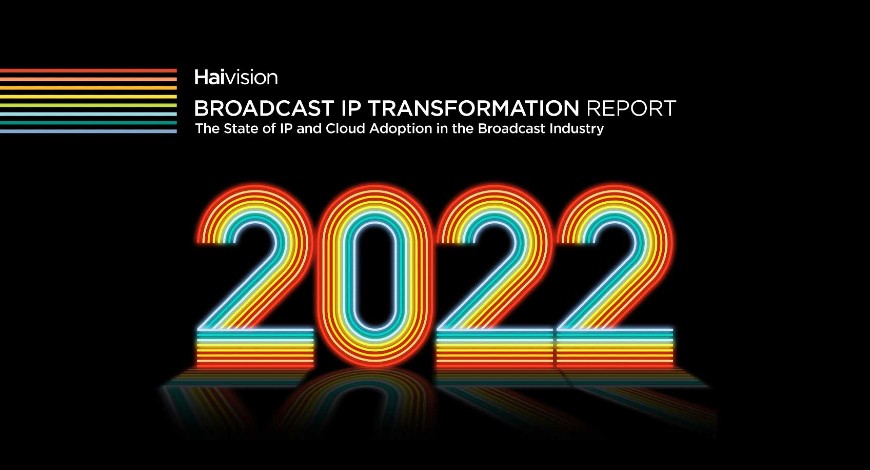Trends
Haivision report shows broadcasters embracing HEVC and 4K

Haivision, a leading provider of mission-critical, real-time video streaming and networking solutions, today announced that the results of its third annual Broadcast IP Transformation Report have been published. The report highlights key industry trends, insights, and the technologies driving IP and cloud adoption by broadcasters.
Haivision surveyed a wide range of its broadcast customers and prospects to gain a clearer understanding of the challenges they face, the technologies they are currently using, and their opinions about emerging technologies that will impact the future of the industry. The report offers the most comprehensive results to date and features insights from more than 650 broadcast and media professionals worldwide.
Key findings from the report include:
- SRT is the most widely used transport protocol: The Secure Reliable Transport (SRT) open-source protocol, designed to optimize streaming performance across unpredictable networks such as the internet is now employed by 63 percent of the broadcasters surveyed, overtaking the legacy RTMP protocol as the most commonly used method of transporting video over IP.
- Broadcasters are forging ahead with IP transformation: 65 percent of those surveyed have already migrated at least part of their broadcast infrastructure to IP, despite challenges including dealing with budget limitations and the complexities of transitioning workflows.
- The future is hybrid: Like many other industries, the past two years have significantly impacted how broadcasters are working and producing content. Of those surveyed, 60 percent believe that the future will involve employing new hybrid workflows with a growing mix of on-premise, IP, and cloud technologies for both on-site and remote staff
- The internet is fueling live production: 79 percent of broadcasters are relying on the internet for contributing video to live production workflows. The internet and low latency video streaming are also instrumental in decentralizing remote production, enabling staff and talent to work from anywhere.
- 5G continues as the biggest technology trend impacting the industry: For the third consecutive year of this report, and with 68 percent of the vote, 5G tops the list of technologies that will most impact broadcasters within the next 5 years. 5G is poised to make high bandwidth, low latency internet access ubiquitous and extend IP-based workflows for any type of live event.
“The last two years have brought rapid and lasting changes to the way television broadcasters contribute, produce, distribute, and deliver content,” said Marcus Schioler, Vice President of Marketing, Haivision. “This year’s survey results give us a clearer understanding of how broadcasters are adapting to their new hybrid reality, whether it’s how and where they work or what technologies they use. The key to their success will rely on how flexible and agile they can make their broadcast workflows.” Streaming Media






You must be logged in to post a comment Login